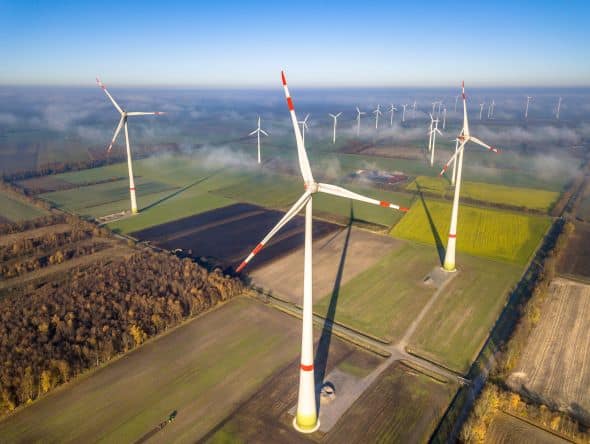Hynfra has signed a cooperation agreement with Tsubame BHB, a Japanese technology supplier that has developed an innovative solution for small-scale ammonia production. Tsubame technology will make it possible to create safe ammonia energy storage systems that can be used for seasonal storage of energy from renewable sources, also in the heating sector and in hydrogen logistics.
Tsubame BHB Co. Ltd. is a Japanese company that has developed small-scale ammonia production technology through the invention of an innovative catalyst. The catalyst can synthesize ammonia at a lower temperature and lower pressure compared to the solutions available on the market today.
Hynfra P.S.A. is a technology integrator and designer of systems for the production of renewable hydrogen that can also be used in the process of synthesis with nitrogen to produce ammonia. Thanks to the zero-emission hydrogen technology used in the process, ammonia produced from it is also called ‘green.’
“We are a pioneer in energy storage on the Polish market. Our subsidiary company Hynfra Energy Storage, together with its partners, won Poland’s first-ever auction, in which a Capacity Market contract was signed for energy storage systems. Now we are the first to introduce a safe ammonia energy storage system. Green ammonia has great potential to be used to store significant energy volumes for a long period,” says Tomoho Umeda, CEO of Hynfra.
Ammonia (NH3), a molecule composed of one nitrogen atom from the air and three hydrogen atoms, has a key role to play in the energy transition: its combustion does not result in CO2 emissions. In addition, ammonia’s energy density by volume is several times higher than that of hydrogen.
Hynfra sees the possibility of using Tsubame’s solution in e.g. small renewable hydrogen facilities in the municipal and district heating sector.
“Due to its physical and chemical properties, hydrogen is hardly fit for large-scale storage. This is where ammonia comes into play not only as an effective hydrogen carrier itself, but also as a viable, low-emission fuel for hard-to-abate sectors. The ability to produce ammonia on a small scale will enable a much more flexible storage not only of hydrogen itself, but also of the renewable energy it carries, without the need for any capital-intensive or large-scale investment in traditional production plants,” Umeda adds.
“As a result of the agreement, Hynfra will benefit from Tsubame’s unique technologies in the area of small-scale ammonia production. We believe that our solution will work not only in the area of the conventional ammonia market (mainly in the nitrogen fertilizer industry), but will above all ensure the effective implementation of new application fields, especially in the context of challenges related to hydrogen storage and its long-distance logistics,” says Masahiro Watanabe, CEO of Tsubame.
Today, ammonia is above all used for fertilizer production and is produced using natural gas. The current production method is based on Haber-Bosch synthesis technology, which requires conventional plants with scale-merit ammonia production.
It is the fertilizer industry that produces the largest amount of process hydrogen in Poland. At the same time, it is one of the largest national GHG pollutants and consumers of natural gas and electricity. The use of renewable hydrogen for the production of ammonia makes it possible to combine the implementation of climate goals with even stronger support for the architecture of distributed renewable energy, whose generation units are located closer to the end user.

